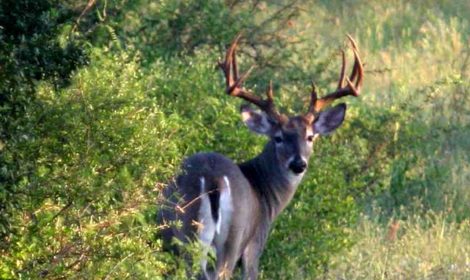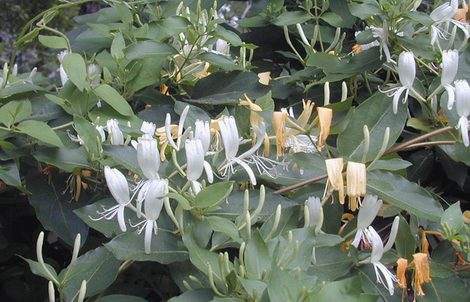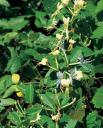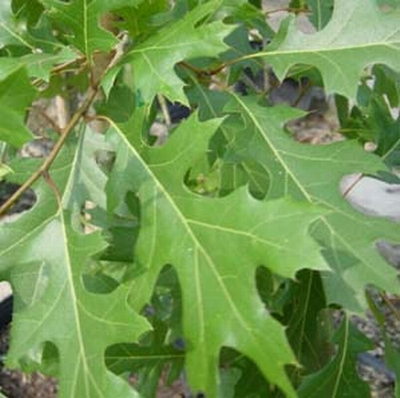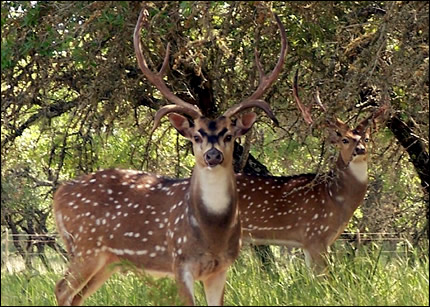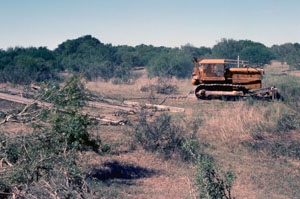
There are many effective ways to control or maintain brush. Where woody plant growth is short and overly abundant, such as arid areas like south Texas, chaining is an feasible and cost-effective way to get the job done. White-tailed deer need brush, but where too much cover exists, the removal of some brush can be a great deer management strategy.
The concept behind chaining is simple. Pull a big chain, knock down woody plants, and create more edge and places for forbs to grow. Chaining is typically done with two dozers that pull a ship anchor chain. It’s recommended that the chain be pulled in a half-circle or “J” pattern between them (from an aerial view). The chain should not be stretched tight between the dozers!
In order to pull out the target species of brush, each link should weigh more than 50-pounds. And since you will likely have to hire someone to pull this management activity off — unless you have two bulldozers and some 50-pound per link chain lying around — they will know exactly what to do if you tell them what you want to accomplish. Continue reading “Chaining for Brush and Deer Management”

